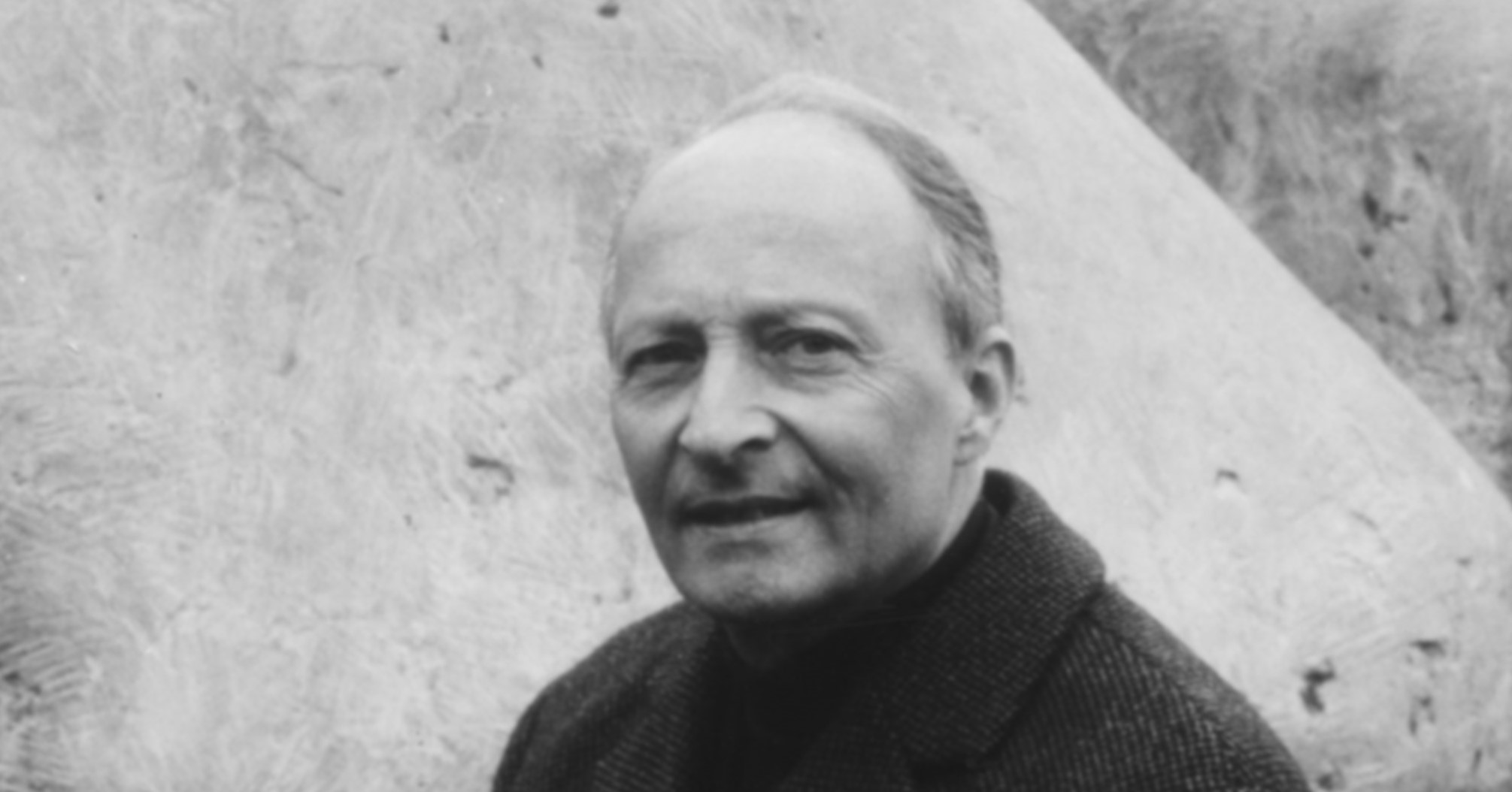Esa-Pekka Salonen comments on Lutosławski's orchestral works
Symphony No 2 (1967) 30'
Witold was somehow surprised when I announced that I wanted to conduct the Second Symphony. He asked if I really liked it. When I declared that I absolutely loved the piece he just shook his head. Maybe he felt that the symphony is too conceptual and the material not rich enough. I find the juxtaposition of two contrasting formal principles fascinating. The first movement, ‘Hesitant’, starts and stops to the point of being irritating. The beginning of the second movement, ‘Direct’, feels therefore very liberating, as the music starts to move in huge sweeps gaining momentum bit by bit. An early example of the psychological form.
Livre pour orchestre (1968) 22'
Witold Lutoslawski was a true master of form. In Livre he creates a musical arch that reads like a detective story: all seemingly loose strands are spun together at the end. The indifferent babble used in the transitions finally grows into a frightening maelstrom.
Concerto for Cello and Orchestra (1970) 24'
What a beautiful psychodrama. An individual against the brutality of the masses. Witold always denied any political metaphors in this music, but I’m not so sure myself.
Preludes & Fugue (1972) 34'
An example of partially open form, as the preludes can be played in any order. (As usually happens, one particular order is better then others, and most performances follow that order. This is mostly the fate of those open form experiments.) This music is very rich and varied in expression. A very important work in the 20th century string orchestra repertoire.
Symphony No 3 (1983) 30'
Another fabulous example of the “psychological form”. The first part of the symphony leads the listener astray, creates expectations and fails to fulfil them. Finally the symphony reveals its direction and goal in a very satisfying way. It contains some of the most haunting moments in all of his music.
Concerto for Piano and Orchestra (1988) 27'
A slightly uneven work: the finale is not quite as strong as the previous movements. This you can say about many piano concertos including both Brahms concertos, so it should not be a reason not to keep this work in repertoire. Surprisingly few pianists play it today. I cannot imagine why.
Chantefleurs et Chantefables (1990) 20'
A delightful setting of some surrealistic Robert Desnos poems for soprano and chamber ensemble. Only a master dares to write music this simple on the surface. Many of the songs are downright funny, always seeped in some kind of nostalgia however. This is marked contrast to Witold’s earlier setting of Desnos’ poetry, Les Espaces du sommeil (1975) where the setting is very serious and expressive.
Symphony No 4 (1992) 22'
Somehow this piece brings late Brahms to mind. I cannot quite explain it, except that there is a strong sense of Autumn and abandon. There is nothing unnecessary or superfluous in this score, every note counts. Witold conducted the first performance of the work himself and I made the first recording of the piece after his death.
Explore more by watching a video about Esa-Pekka Salonen visiting Witold Lutoslawski's childhood village in 2012.
Witold Lutosławski biography: Part 1 from Philharmonia Orchestra on Vimeo.

